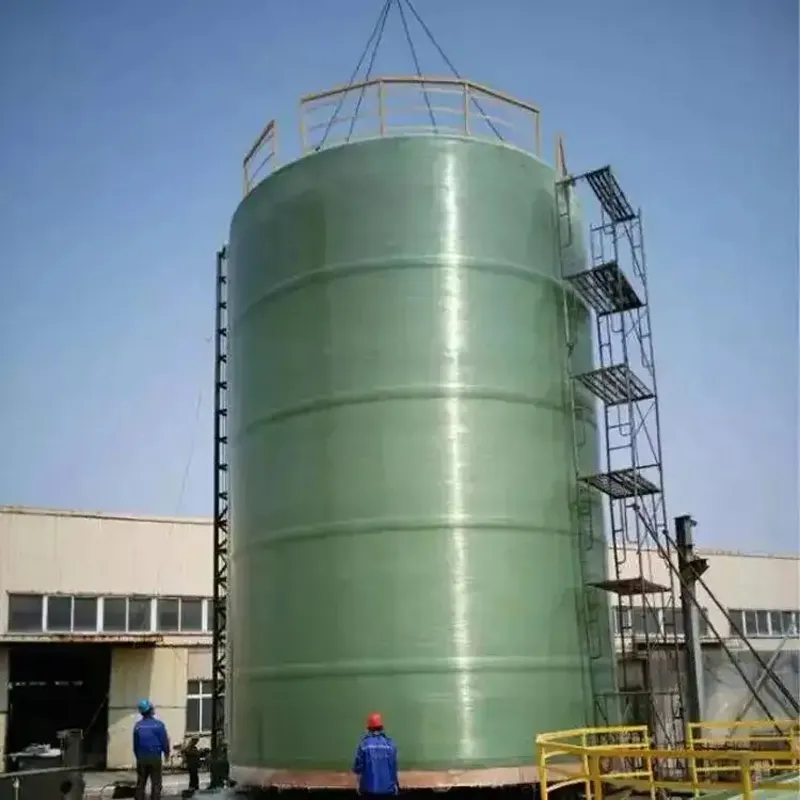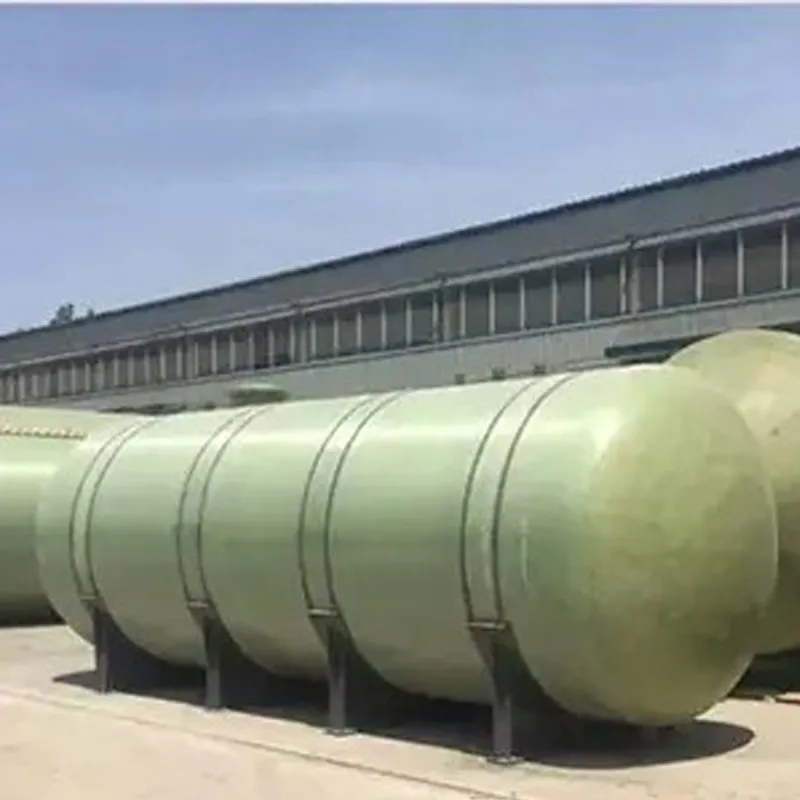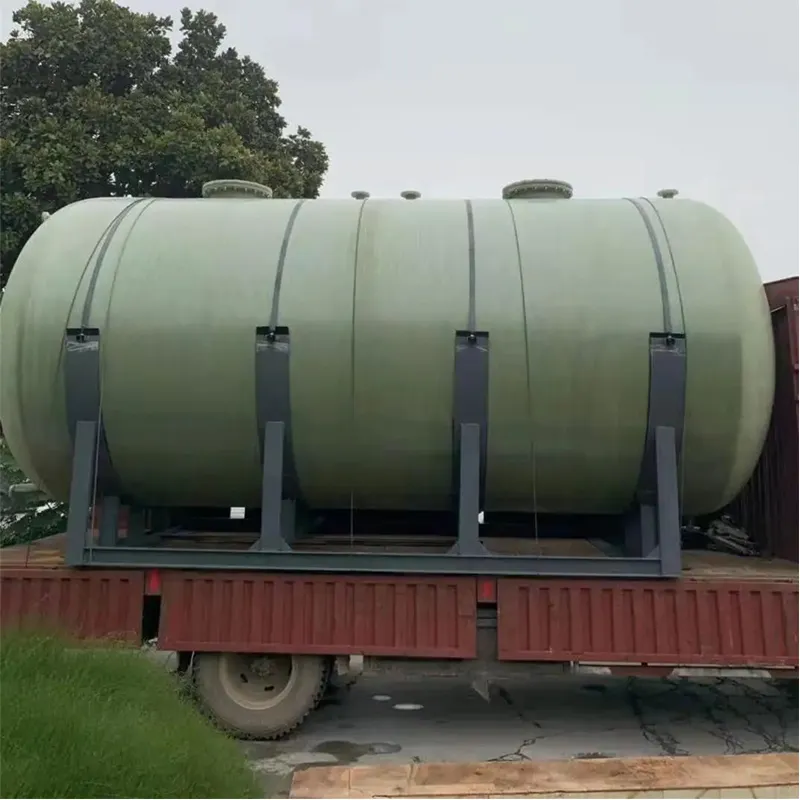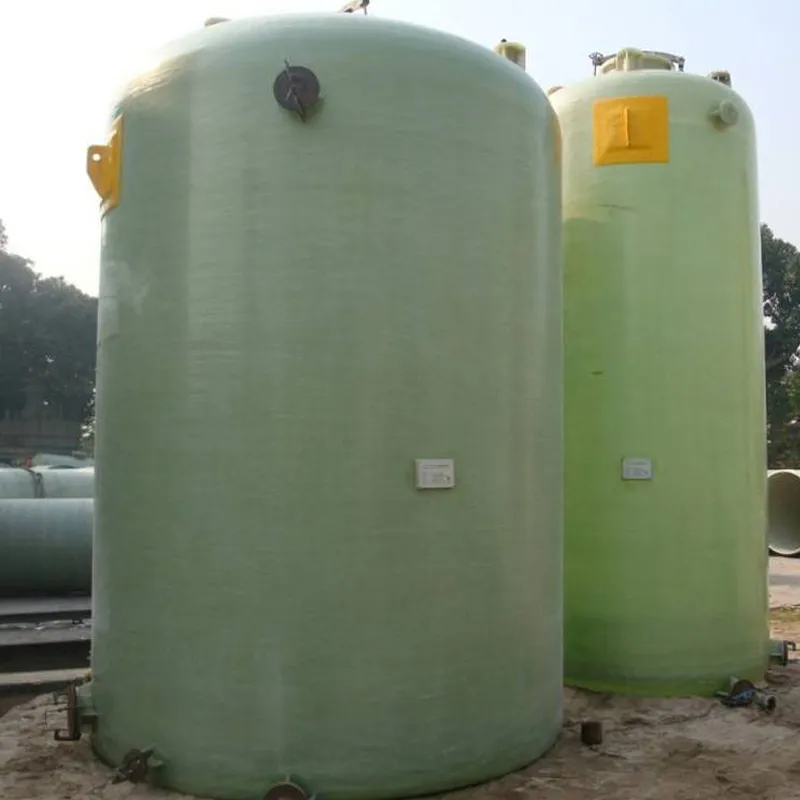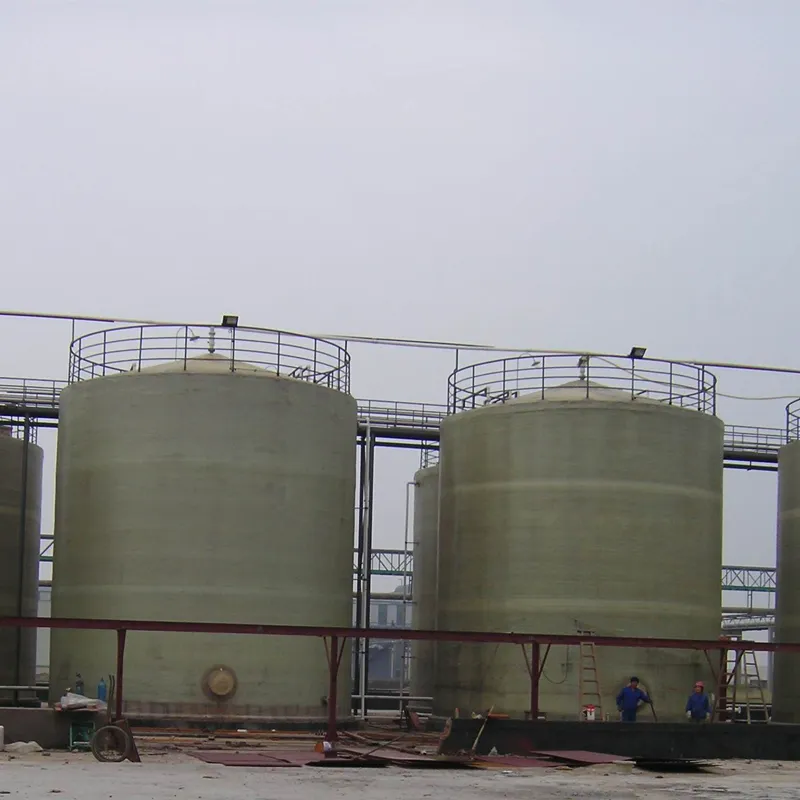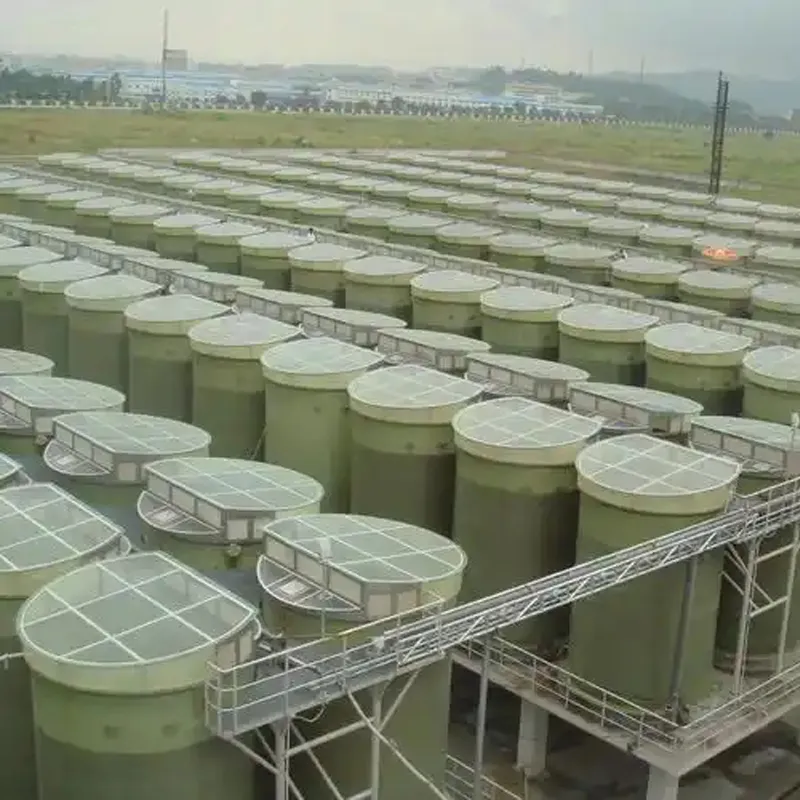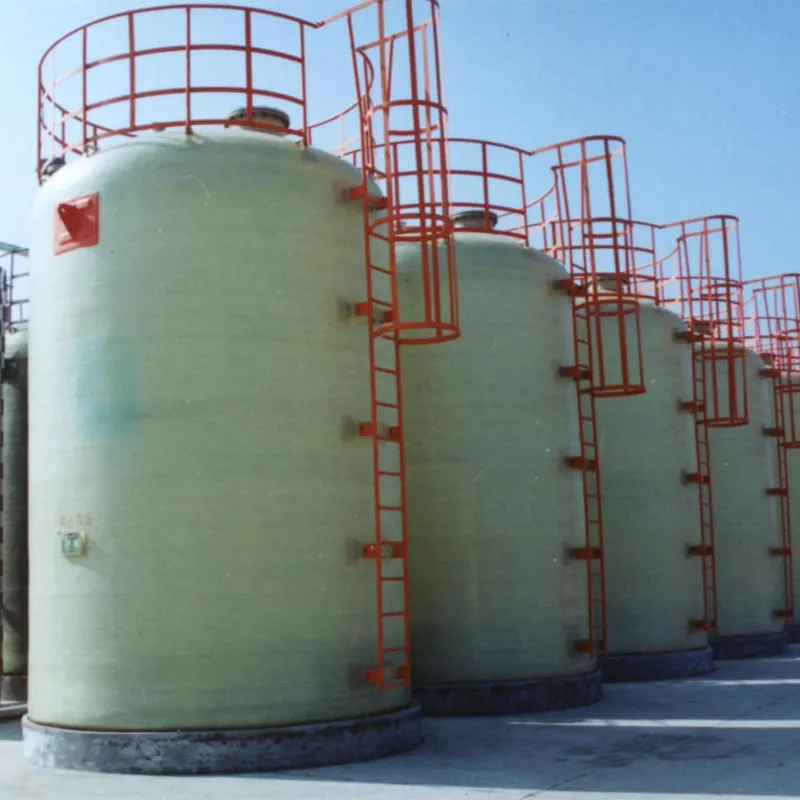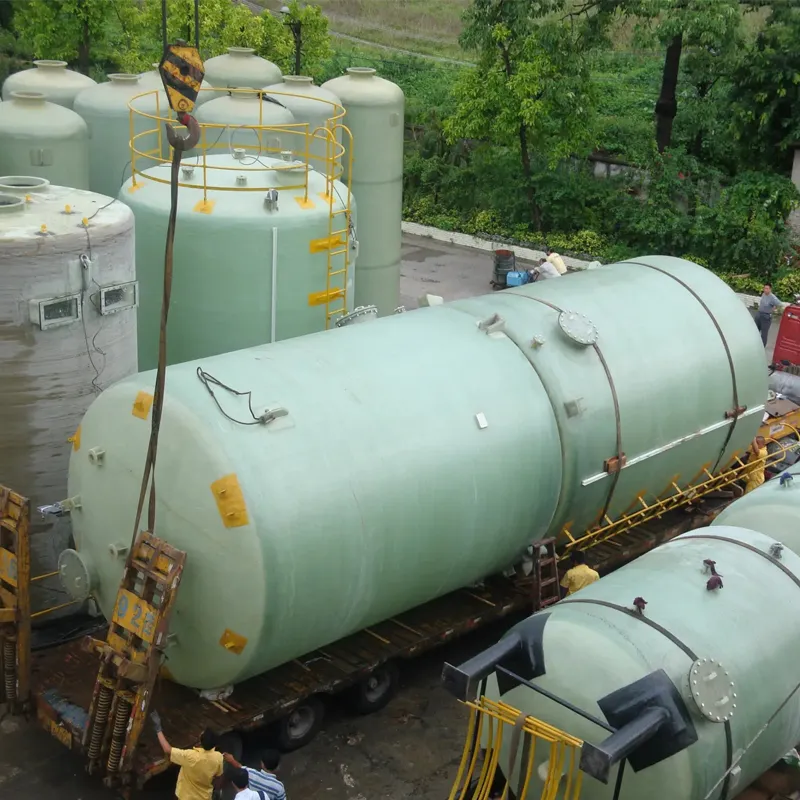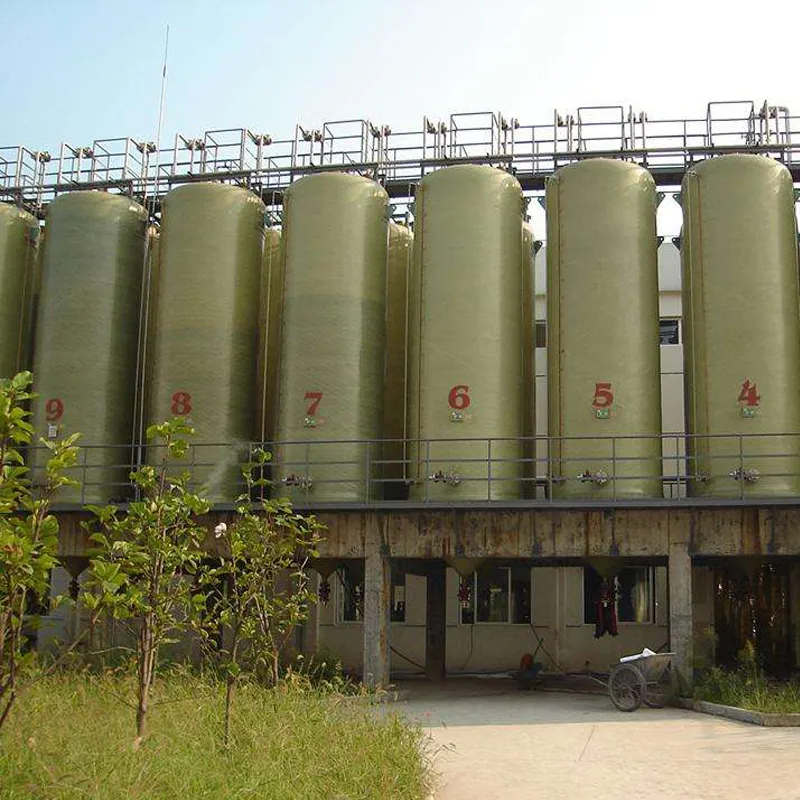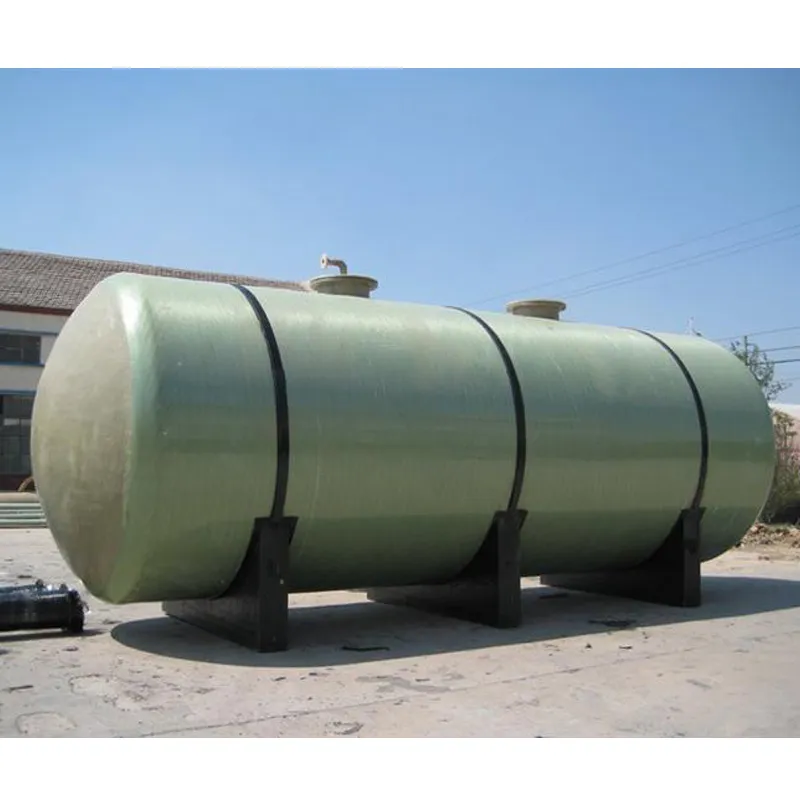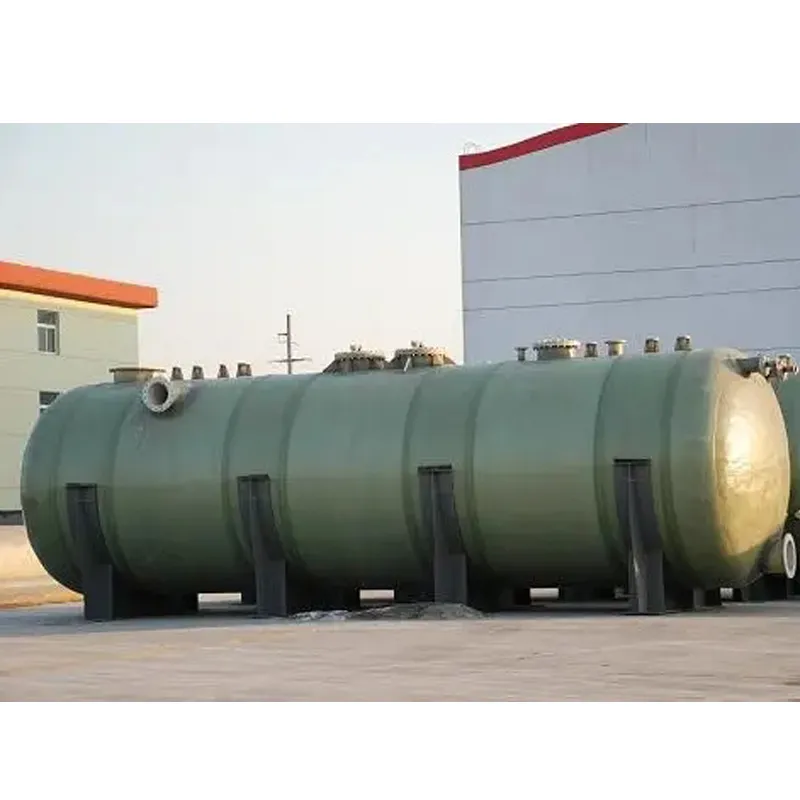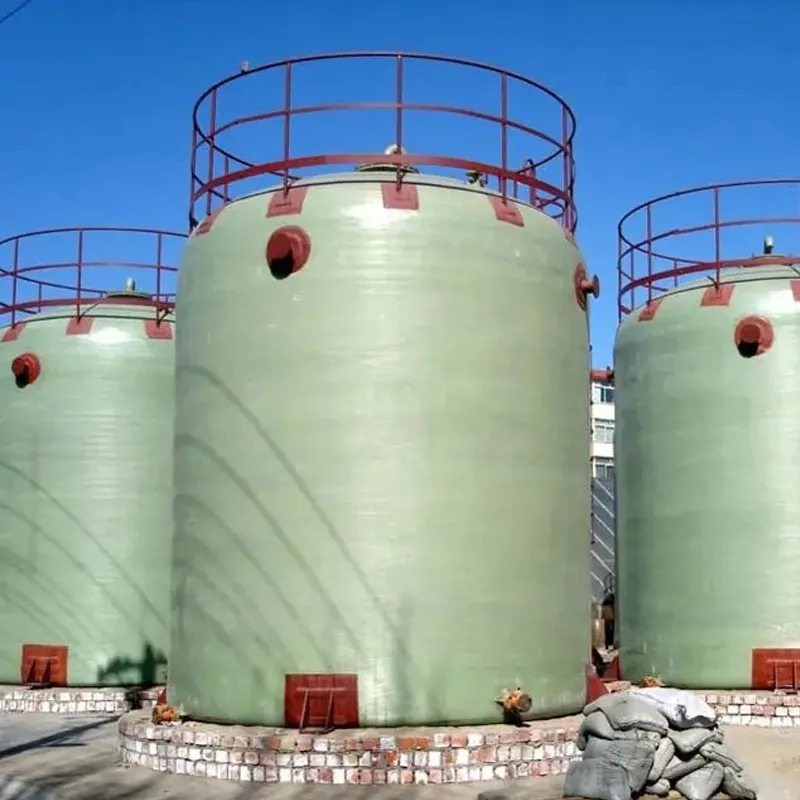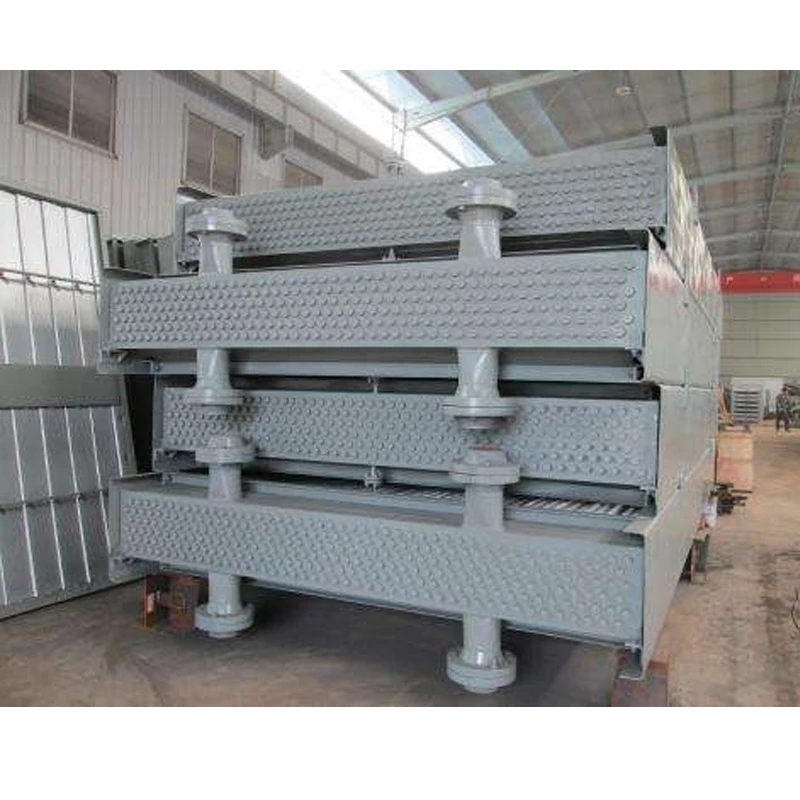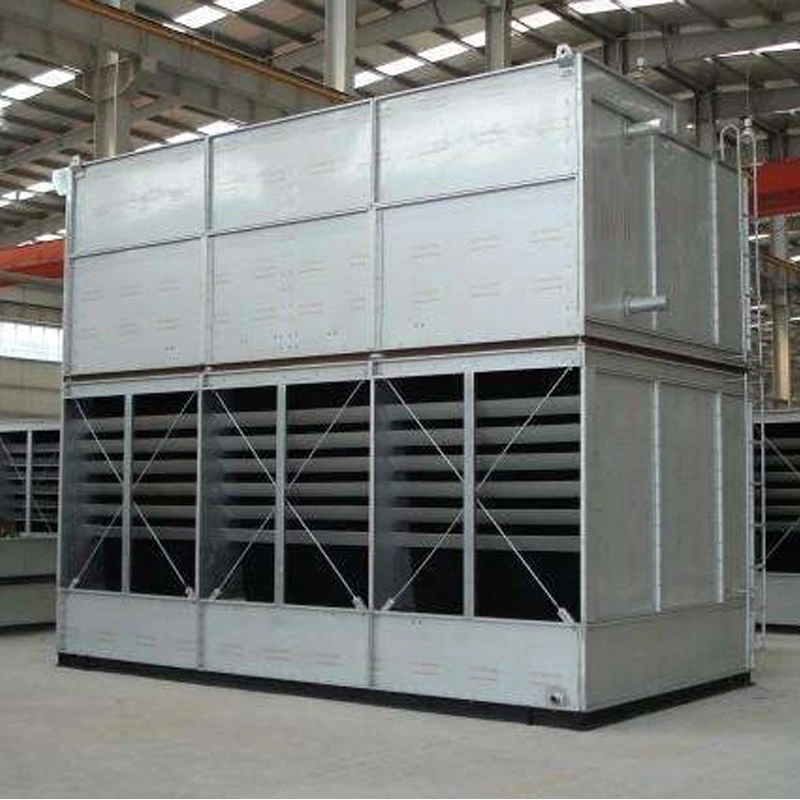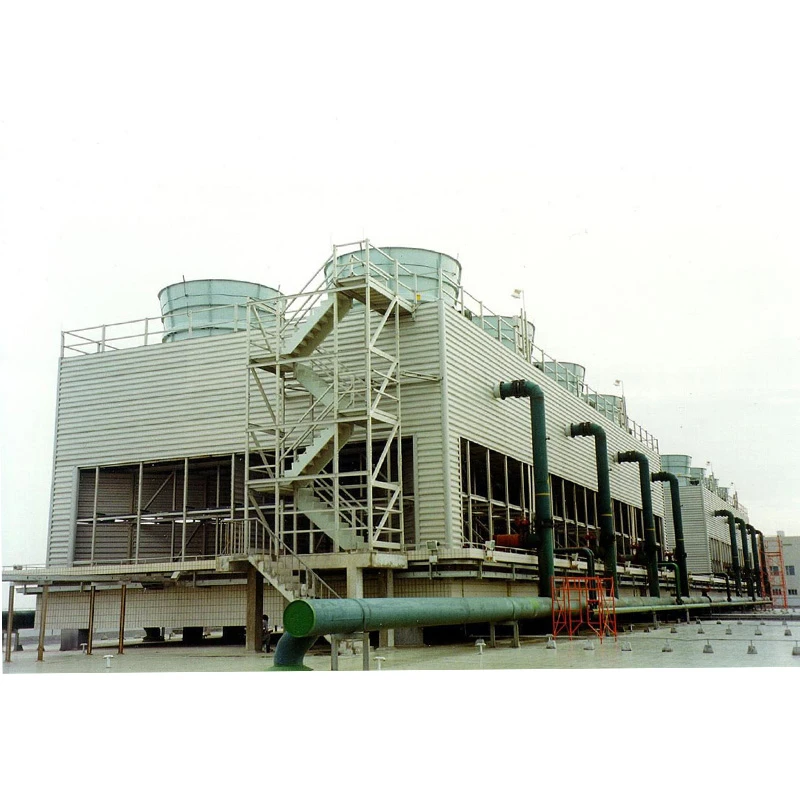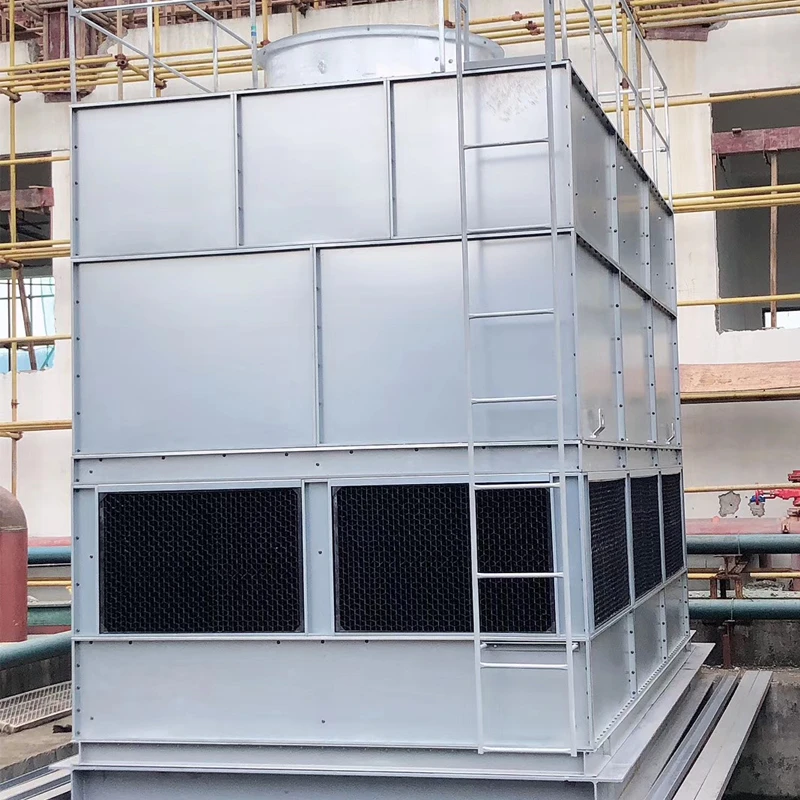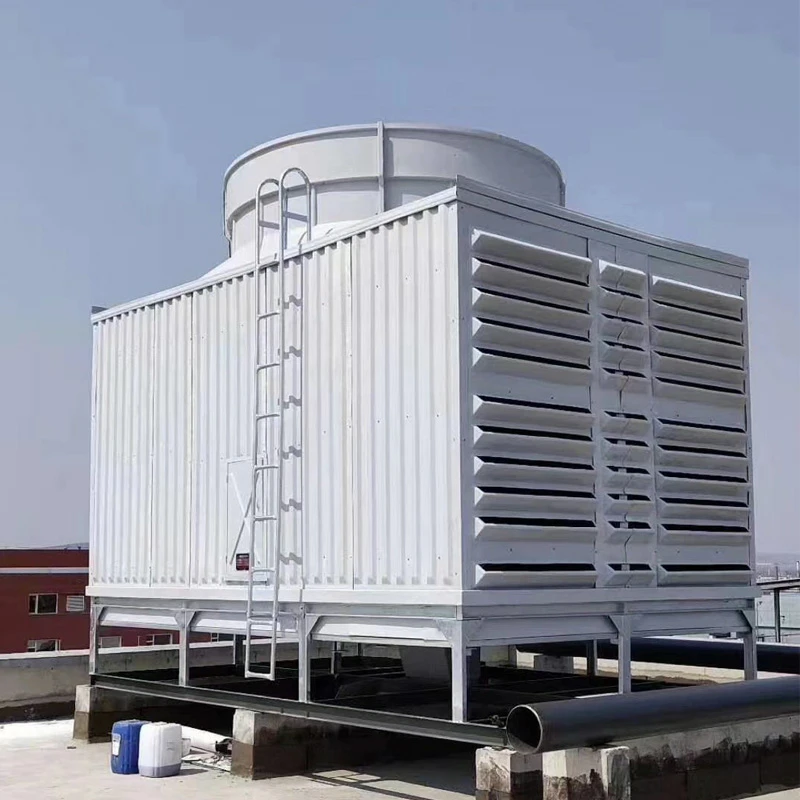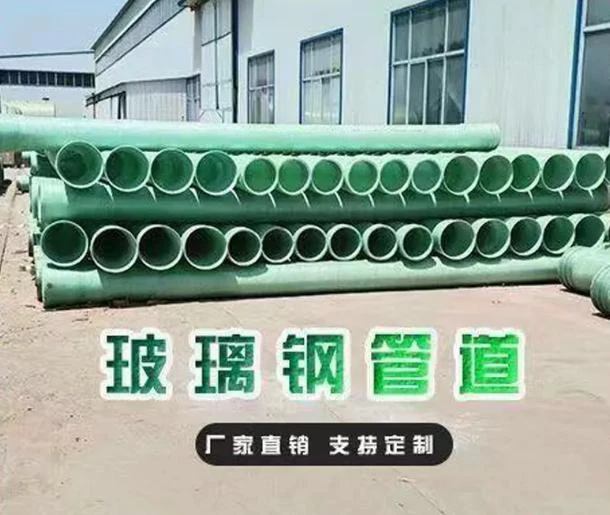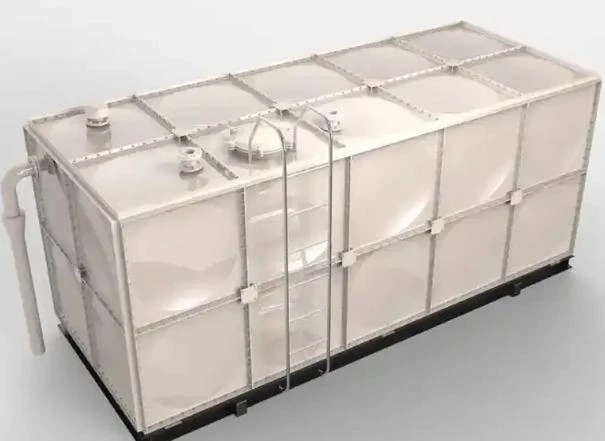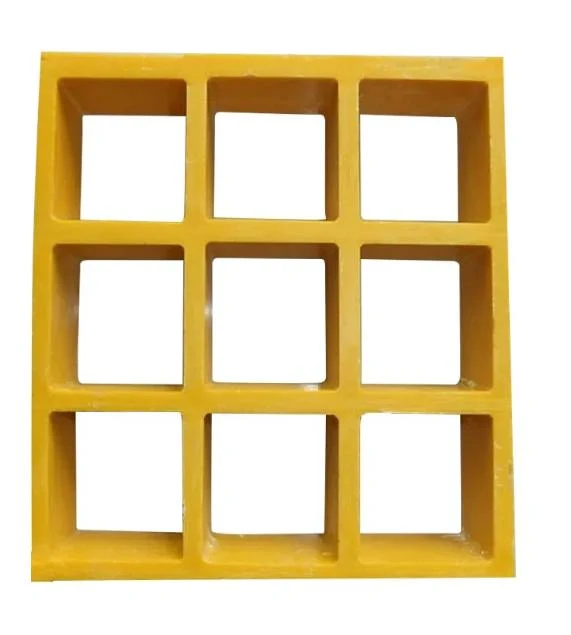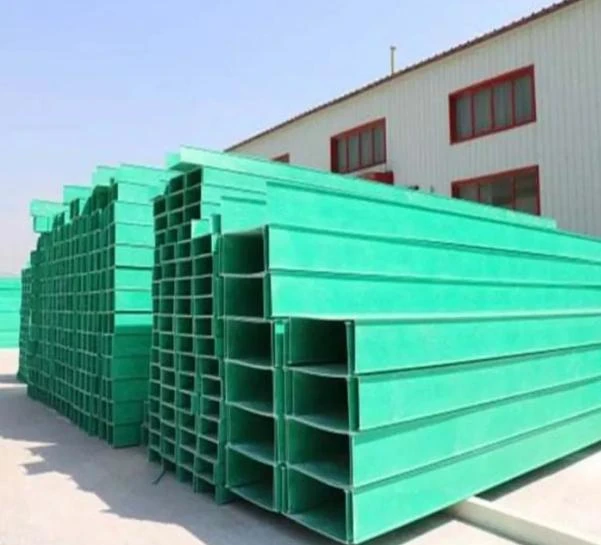

We Are Open 24 Hours a Day, 7 Days a Week, Including Weekends and Public Holidays.
Advantages of Fiberglass (FRP) Fire Water Tanks
Fiberglass (FRP) fire water tanks are widely recognized for their superior performance in fire protection systems. Here’s a detailed overview of their key advantages, supported by technical insights and industry applications:
1. Exceptional Durability and Corrosion Resistance
Fiberglass tanks are inherently resistant to rust, chemicals, and environmental degradation. Unlike metal tanks, they do not corrode when exposed to water, acids, alkalis, or salts, making them ideal for harsh environments like coastal areas or industrial zones. The composite material (glass fibers and resin) ensures structural integrity for over 30 years with minimal maintenance.
2. Lightweight and Easy Installation
FRP tanks are 50–70% lighter than steel or concrete alternatives, simplifying transportation and installation. Modular designs allow on-site assembly without heavy machinery, reducing labor costs and time. This feature is particularly advantageous for remote or constrained locations.
3. High Strength and Structural Safety
Impact Resistance: FRP tanks withstand seismic activity, heavy loads, and accidental impacts due to their reinforced composite structure.
Leak-Proof Design: Seamless construction and smooth interior surfaces prevent leaks and contamination, ensuring water purity.
4. Fire Resistance and Safety Compliance
Fiberglass inherently resists fire and high temperatures. The material acts as a fire barrier, slowing flame spread and meeting stringent fire safety standards. FRP tanks are often used in fire protection systems for their ability to maintain structural stability during emergencies.
5. Environmental Sustainability and Low Maintenance
Eco-Friendly: FRP is recyclable and requires less energy to produce compared to metals, aligning with green initiatives.
Minimal Upkeep: Non-porous surfaces inhibit algae growth, reducing the need for chemical treatments. Routine inspections and simple cleaning suffice.
6. Customization and Versatility
FRP tanks can be molded into various shapes (cylindrical, rectangular) and sizes (1m³ to 1000m³) to fit specific spatial or functional requirements. Features like manholes, outlets, and insulation layers are easily integrated during manufacturing.
7. Thermal Insulation and Temperature Control
The low thermal conductivity of fiberglass helps maintain water temperature, preventing freezing in cold climates or overheating in hot environments. This property is critical for firefighting systems requiring reliable water reserves.
8. Cost-Effectiveness
While initial costs may be higher than steel or plastic, FRP tanks offer long-term savings through extended lifespan, reduced maintenance, and avoidance of corrosion-related repairs. Their durability also minimizes downtime and replacement expenses.
Applications in Fire Protection
Industrial Facilities: Storing water for fire suppression systems in chemical plants, warehouses, and power stations.
Urban Infrastructure: Integrated into high-rise buildings and public spaces for emergency water reserves.
Renewable Energy Systems: Paired with solar-powered fire pumps for off-grid safety solutions.
Қорытынды
Fiberglass fire water tanks excel in durability, safety, and adaptability, making them a premier choice for modern fire protection. Their resistance to corrosion, lightweight design, and compliance with safety standards ensure reliable performance in diverse environments. For technical specifications, consult manufacturers like *Hebei Longxuan* or refer to industry guidelines (e.g., GB5749-85).
Біздің тұтынушылар біз туралы не айтады
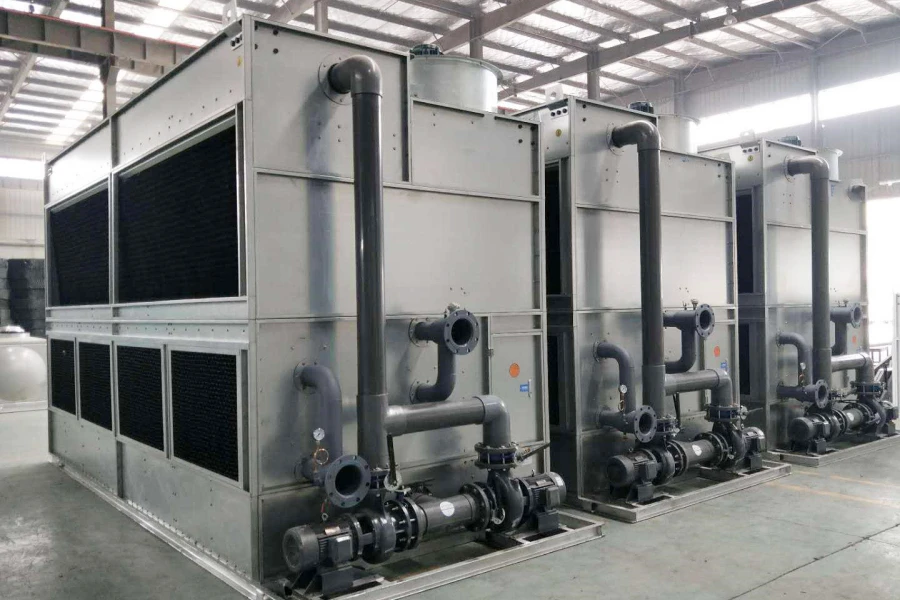






Мекенжай
Xingyuan South Street, 20, Заоцян округі, Хэншуй қаласы, Хэбэй провинциясы, Қытай








